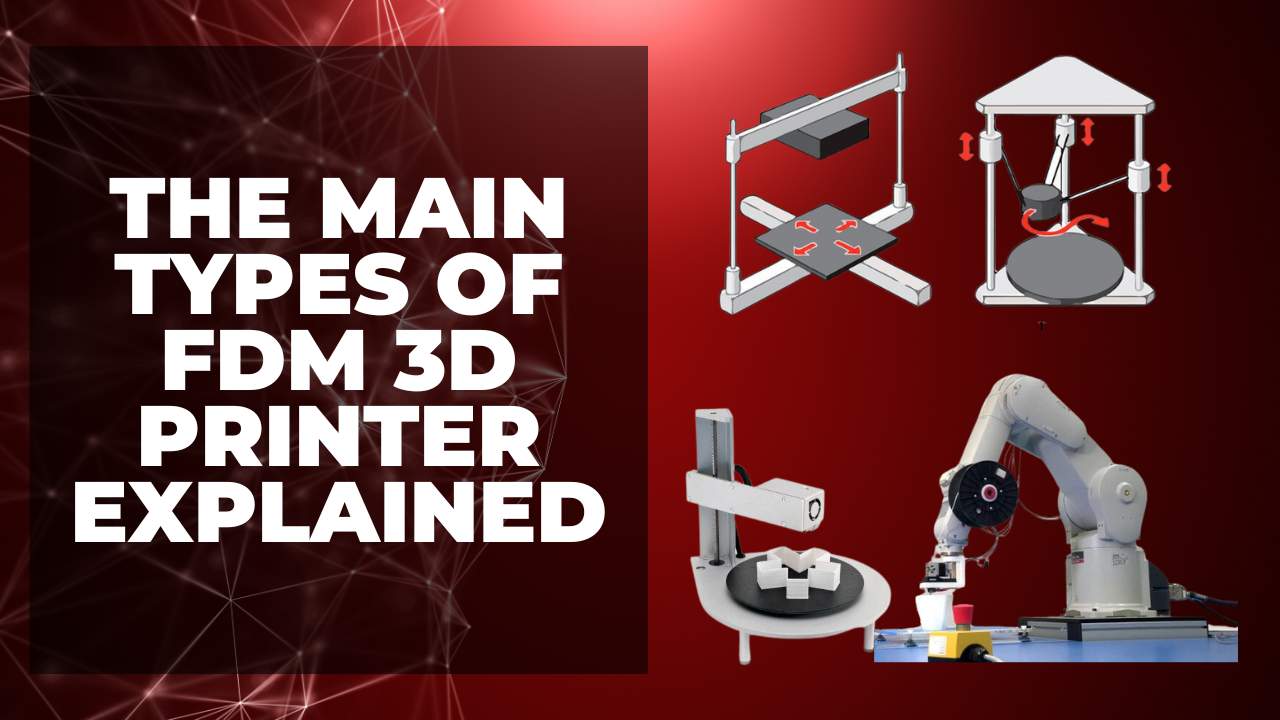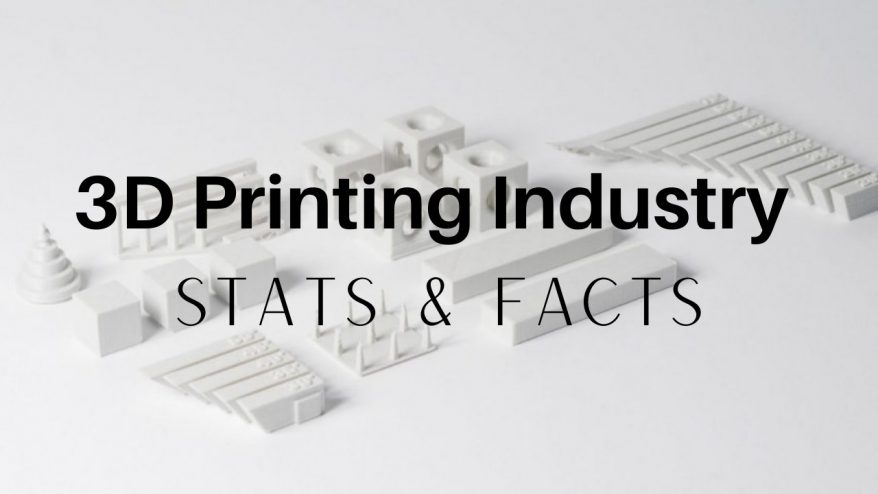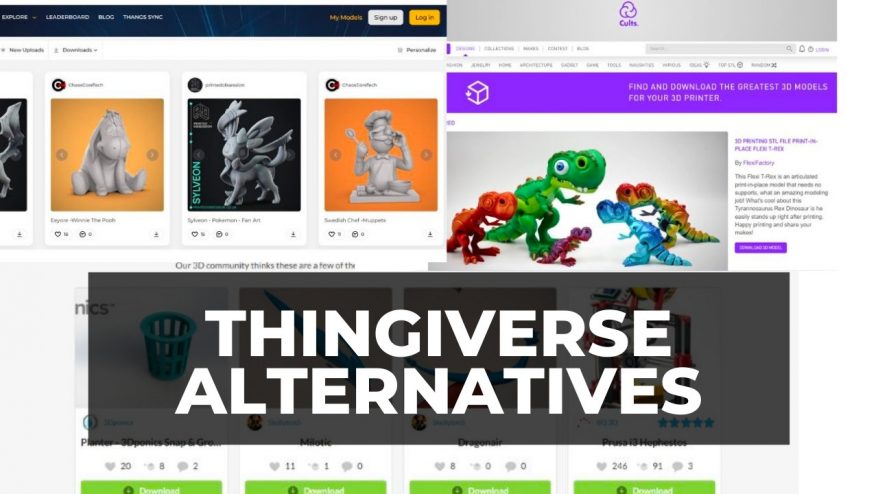There are plenty of awesome 3D printing projects out there, and some even help you around the house. 3D printing lets us make almost anything from toys and Lego figures to holiday decorations.
But some of the coolest and most useful things you can make are 3D printed food preparers.
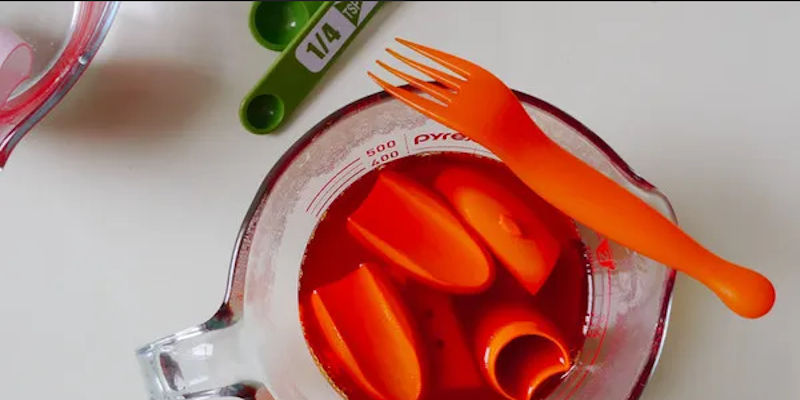
While you can’t quite 3D print your own microwave just yet, it’s easy to use your 3D printer to make kitchen helpers like coffee filters and cookie cutters.
However, not all materials are made equal, and not all 3D printer filaments are safe to use in the kitchen.
From making your own cutlery to designing your own kitchen tools, 3D printed food utensils and cookware are a great way to spice up your home without breaking the bank.
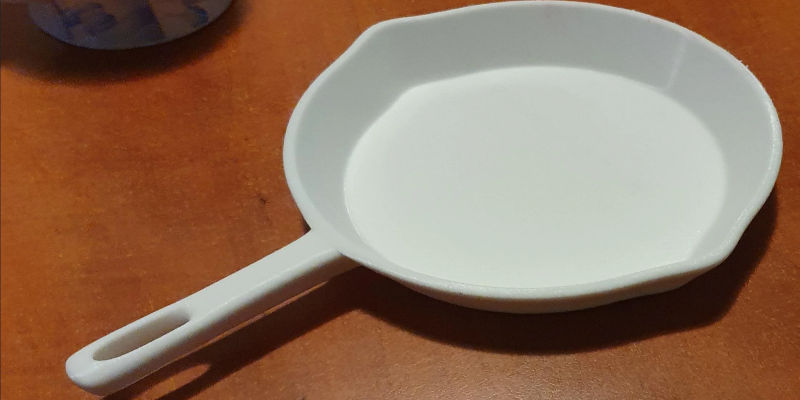
However, using dangerous plastics or unsuitable materials for 3D printing cooking utensils is hazardous to your health. Because of this, it’s very important to know what the food-safe 3D printing materials are before you start making your own personalized forks and spoons.
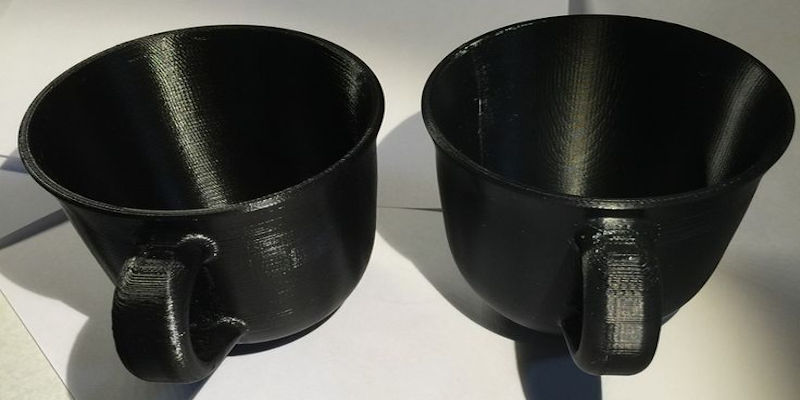
Identifying and maintaining the food safety of anything that gets used in your kitchen is a number one priority in staying as healthy as possible. Not all culinary hazards are immediately obvious and visible, so be sure to keep these things in mind before 3D printing some crockery.
Which Filaments Are Food-Grade?
FDM printers seem like they can do just about everything, and here at 3DSourced, we’ve spoken about using food-safe 3D printer filaments to make some of the coolest 3D printer projects. But before you go from printer to plate, you should familiarize yourself with which filaments you should and shouldn’t use and why.
PLA – Food Safe
PLA is generally considered to be a food-safe 3D printer filament, which is excellent news given that it’s the standard filament choice for many FDM 3D printers.
Despite not being as heat resistant as many other filaments, it’s non-toxic and safe to use for 3D printing your own kitchen utensils. However, it’s still recommended that you limit its exposure to food.
Specialized food-grade PLA is also manufactured, such as this one.
Read more: the best food 3D printers
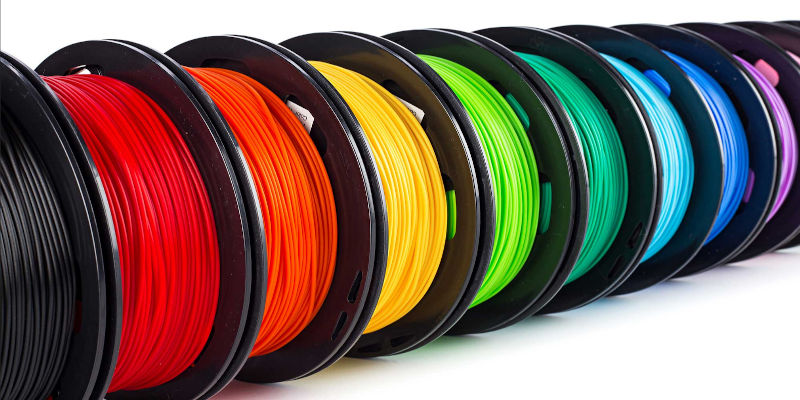
ABS – Not Food Safe
ABS has better heat resistance than PLA, making it less likely to degrade with constant use and washing. This seems ideal on the surface, as its durability means it’s less likely to form notches and grooves to house bacteria, but don’t be fooled.
ABS is quite toxic when ingested, especially when heated up. Even using ABS for minimum contact tools can be hazardous to your health. All-in-all, ABS is not considered to be a food safe 3D printer filament, and should be kept out of the kitchen by all means.
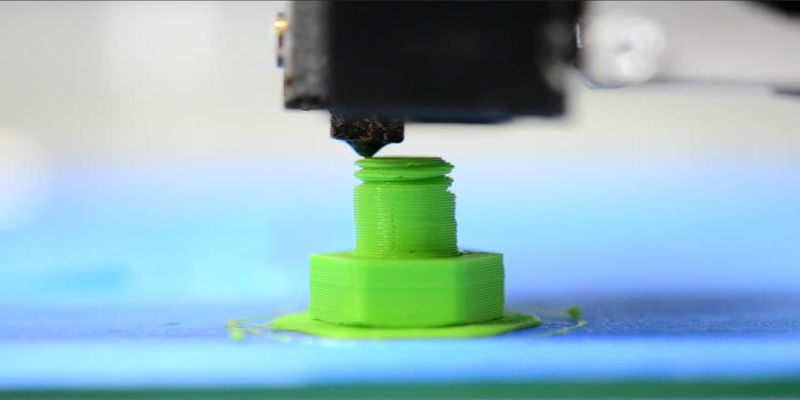
PETG – Food Safe
PETG filament is the dream filament for those of you looking to 3D print your own cookware. It’s highly durable and heat resistant while also being one of the most food-safe 3D printer filaments on the market.
It’s even been given the green light by the FDA as a safe material for clothing and household utensils due to its non-toxicity, lasting shelf-life, and high recyclability.
Most discussions regarding the food safety of PETG filaments take mainly food containment and storage into account. This means that it’s the safest available 3D printer filament for long-term exposure to food at room temperature or below. This makes it ideal for Tupperware replacements and transportation for things like potlucks and picnics.
Keep in mind, however, that these approvals only come from non-treated PETG. Some manufacturers include additional chemicals in the creation of their filaments for things like color and advanced durability. These chemicals may render the filament non-food safe, and should be avoided.
Always search for ‘Raw’ or ‘Clear’ PETG filament if you plan on using it with food, like the one here. This will tell you that it has not been treated with any chemicals and is safe to use.
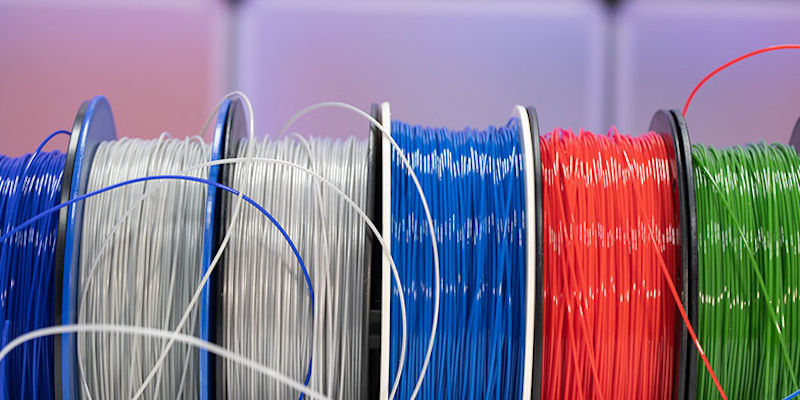
Nylon Filaments – Food Safe
Nylon is considered a food-safe filament, but only at the highest grade of quality. While it’s best to avoid using nylon filament with food if you’re at all unsure, using filaments like nylon-9 are safe to use with food.
If you plan to use nylon filaments like this for kitchen utensils, be sure to follow the same advice we recommend when using PLAs.
Read more: the best Nylon 3D printers
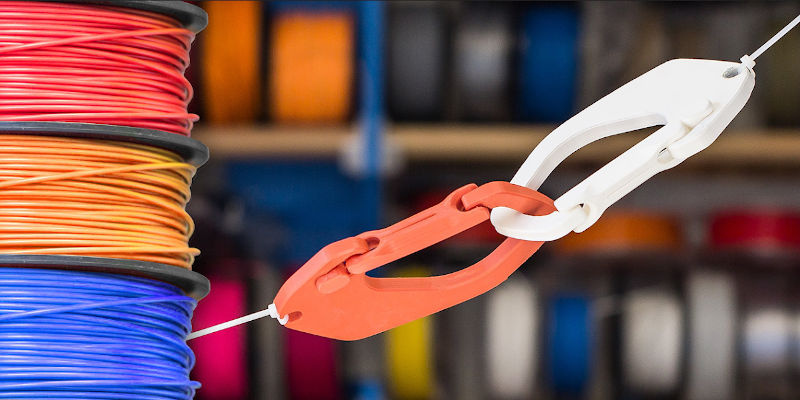
Ceramic – Food Safe
If you’re lucky enough to have a 3D printer that can print ceramics, then you’ll be very glad to know that ceramic filaments like this are considered to have the same properties as traditionally made ceramic crockery.
This means that they are food safe and can be used as any regular cup, saucer, plate, bowl, or even cutlery.
Read more: ceramic 3D printing buyer’s guide
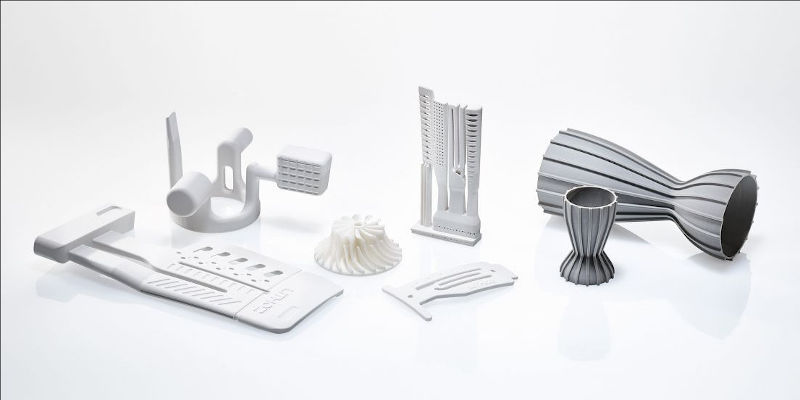
Dangers of Non-Food Safe Filament
There are plenty of reasons to double check that your 3D printer filament is food safe before using it for your culinary endeavors. Double-checking your filaments to make sure they’re food safe is of upmost importance when protecting yourself and your family from some very dangerous health risks.
Bacteria
Not all materials can be thoroughly cleaned with just hot water and a good scrub, and sometimes materials that appear clean and shiny are actually crawling with dangerous bacteria. Unfortunately for us humans, our eyesight is nowhere near good enough to detect such bacteria.
Allowing these germs to build up and thrive on any surface is hazardous enough, but the risk is further maximized with things that are going near your food. Think about it, raw chicken looks clean but you wouldn’t put it anywhere near your mouth!
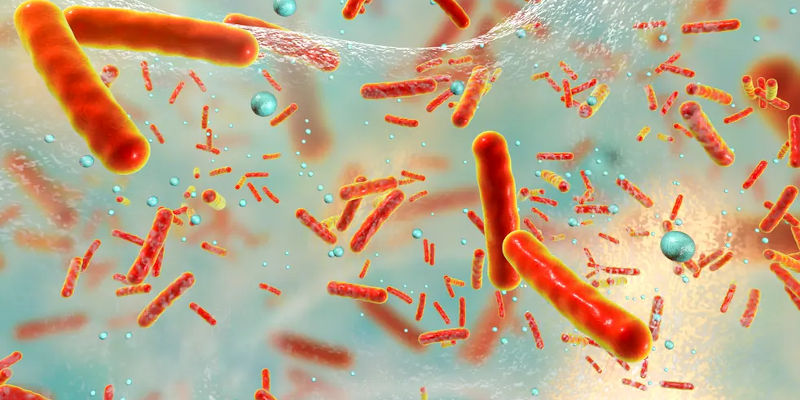
All 3D printing filament will have grooves and notches that may be invisible to the naked eye where bacteria can build up. While this isn’t too much of an issue provided you clean your utensils regularly, crockery and cutlery left unchecked will soon end up crawling with germs.
Even more food safe 3D printer filaments like PLA will degrade with prolonged exposure to heat, creating more grooves in which bacteria can thrive. So even diligent washing may render your utensils unsanitary over time.
Toxic Materials
It’s very important to remember that ABS filament is never food safe. ABS is a toxic filament that will leech into your food and make it unsafe to eat even if it tastes fine. Colored ABS is often made using additional chemicals like unsafe dyes which cause even more harm if eaten or used with food.
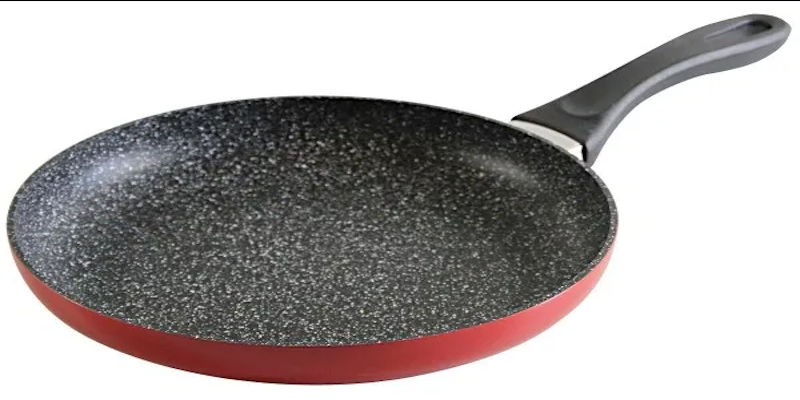
While PLAs tend to be non-toxic and generally food safe 3D printer filaments, be sure to check with the manufacturer or provider before you bring it into the kitchen!
Additional fact: Plastic utensils from takeaways and picnics are made of polystyrene, which are only safe to use at room temperature, but they become toxic with prolonged exposure to heat. As if we needed another reason to avoid those environment-destroying tools.
Use a Stainless Steel Extruder – Avoid Lead
It’s not just filaments that can be non-food safe, sometimes it’s your 3D printer itself. Check your extruder’s specs before printing anything that’s to go near food.
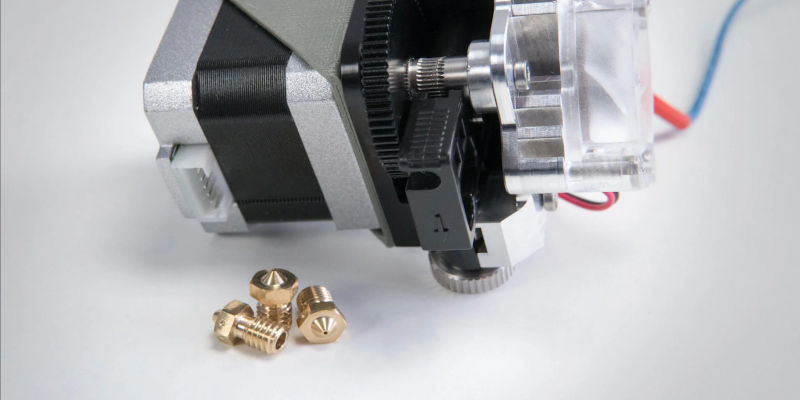
Many extruders are made from brass, which contain lead. If used too much or worn away, particles of this lead will seep into your prints, rendering them unfit for ingestion and very dangerous to your health.
If your extruder is made of stainless steel, then you’re all good to go!
Maximize Safety When Using Food-Safe 3D Printer Filaments
Much like traditional metal utensils, how safe they are to use will always in some way depend on how you take care of them. As we’ve discussed, some filaments are generally safe for use with food, but there are some extra steps you should be taking to make sure your projects stay safe and you stay healthy!
Wash Efficiently
While the go-to rule for washing up is to get the water as hot as possible, this isn’t the case with 3D prints designed for food. A good scrub with warm water and anti-bacterial soap will clean out your 3D printed kitchen utensils well without exposing them to the kind of heat that will warp or damage them.
This will protect the aesthetic of your creations as well as make them less likely to become bacteria havens in the future.
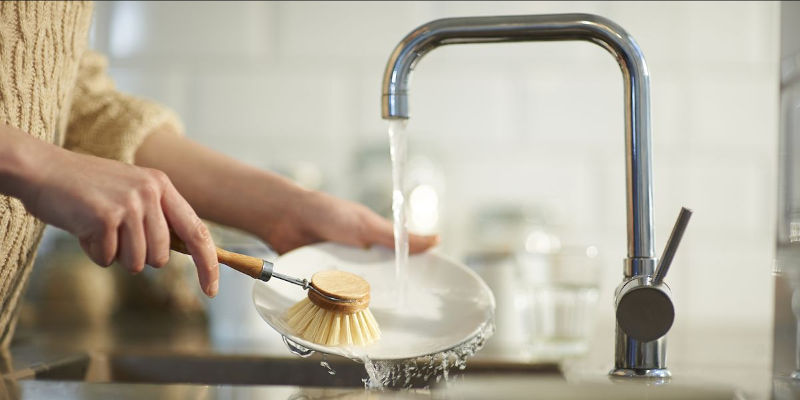
It may be tempting to opt for a dishwasher for these instances, but it’s best to avoid using them. Dishwashers run on higher temperatures and strong blasts of water that will damage your prints and make them less usable and more dangerous over time.
Ensure Everything is Food Safe
As we’ve mentioned before, it’s not just food safe 3D printing filament you need to consider. You need to make sure your 3D printer nozzle as well as any long-term chemical solutions you use in post-processing are also safe for ingestion even in small quantities.
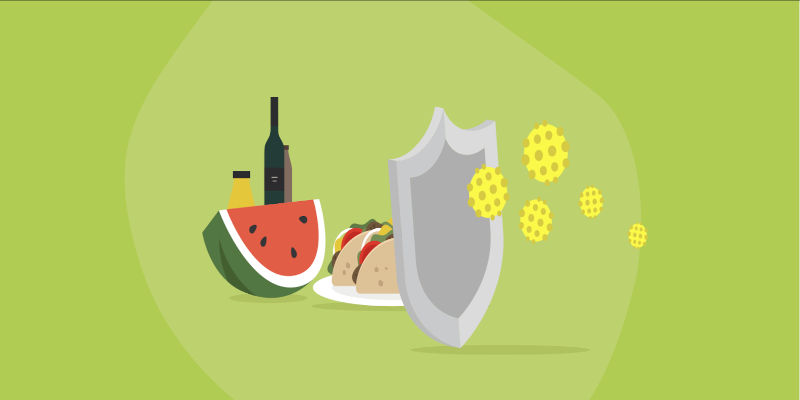
Making sure every step in the printing process is as sanitary as possible is very important to ensure that what you’re putting in or near your mouth isn’t going to come back to bite you instead. Think about it, you wouldn’t want to mix cake batter with a freshly varnished wooden spoon, would you?
Use Sparingly
It will be tempting to make something as special as a homemade utensil a go-to in your kitchen, but the more anything comes in contact with food, the more dangerous it could be.
While things like cookie cutters and cutting boards have limited contact with food already, 3D printed cups and bowls should only be used sparingly and washed immediately after use to ensure they stay food safe for a long time.
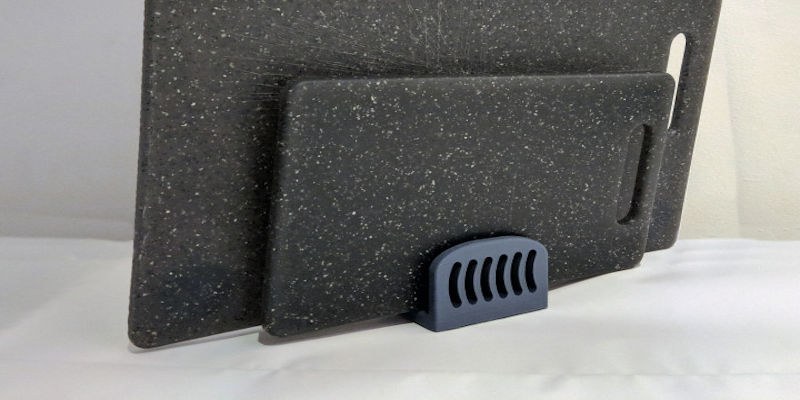
Because of this, it’s generally recommended that you don’t use any 3D printer filament to make crockery like cups, bowls, and plates. While one-time use may be safe, they will deteriorate and become toxic quickly regardless of whether or not your filament is food safe.
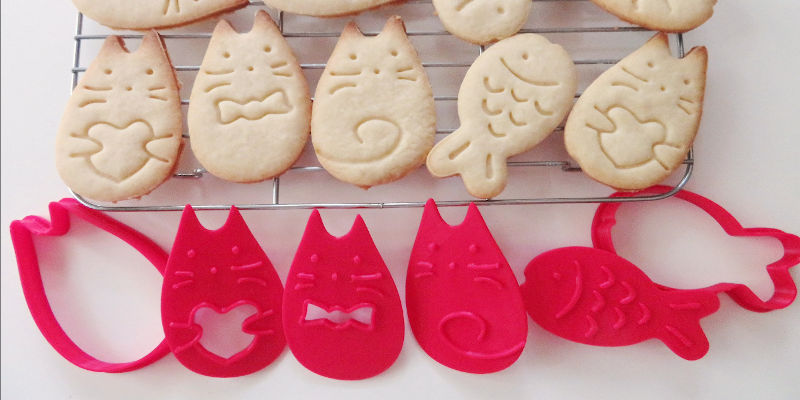
While it is possible to keep such things safe for a long time, the care required to maximize safety is often not really worth it. Instead, why not use your 3D printer to make safer items like this personalized cup holder? That way you’ll enjoy eating and drinking with things you’ve made yourself while avoiding the attached risks of unhygienic consumption.
Practice Food Safety
While it should go without saying, it’s still worth noting that you should be following all food hygiene standards alongside taking extra care with your 3D printed utensils.
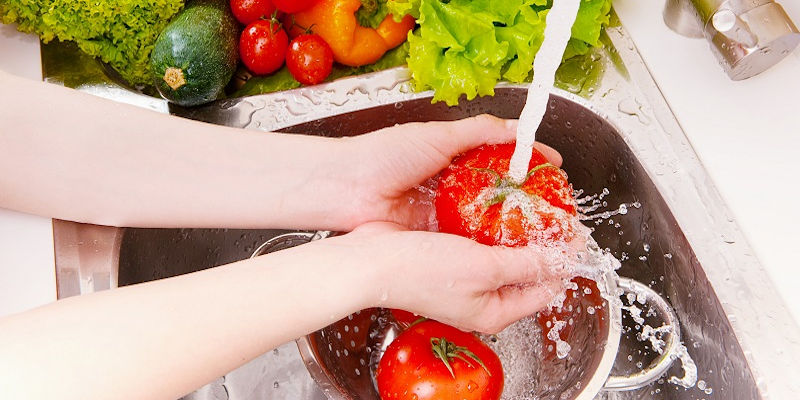
Even after you’ve double-checked your equipment and ensured that you’re using a food safe 3D printer filament, keeping all workspaces clean and sanitary should take priority above all else. Prepare all your food as directed (wash vegetables, thoroughly cook white meats, etc.) and always put your health first.
Cooking tools you made yourself are fun to use, but getting to show off isn’t worth putting yourself, your family, and your friends at risk.
Other articles you may be interested in:
- The strongest 3D printer filaments
- The best 3D printer filament storage
- PLA vs PLA+ filament comparison
- Are 3D-printed objects aquarium safe?

